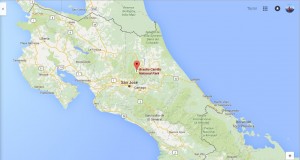
Most common species: Orchids (114 species), aroids and ferns
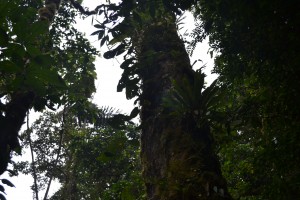
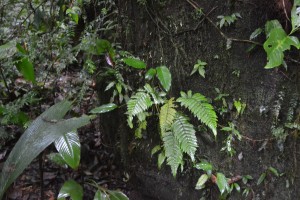
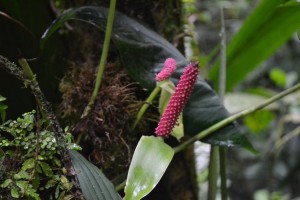
Functions in this climate: The humidity and precipitation in this climate, even in the dry season, allows for the epiphytes to easily collect water, both for themselves and the plants they are growing on.
Specializations in this climate: The amount of orchids in this climate allow for easier pollination by animals, rather than wind pollination through the thick forest. The mosses and ferns are also especially important to water collection.
Impacts on environment around them: In the rain forest, epiphytes are everywhere. This means that they are a constant source of directing water to “host” plants, which allows the tree to grow and thrive in the habitat. This creates a thriving ecosystem for plants and animals alike.
Future in this climate: Brauilo Carillo National Park encompasses many climates ranging from lowlands to highlands, all if which is a form of rain forest (botany.si.edu). Because of this, the effects of global warming might not be as detrimental as the collection of climates will allow for easier adaptations to changing temperatures and precipitation.
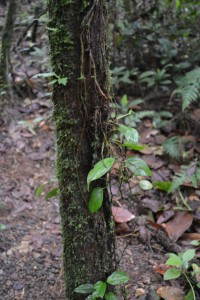
References
http://botany.si.edu/projects/cpd/ma/ma16.htm
